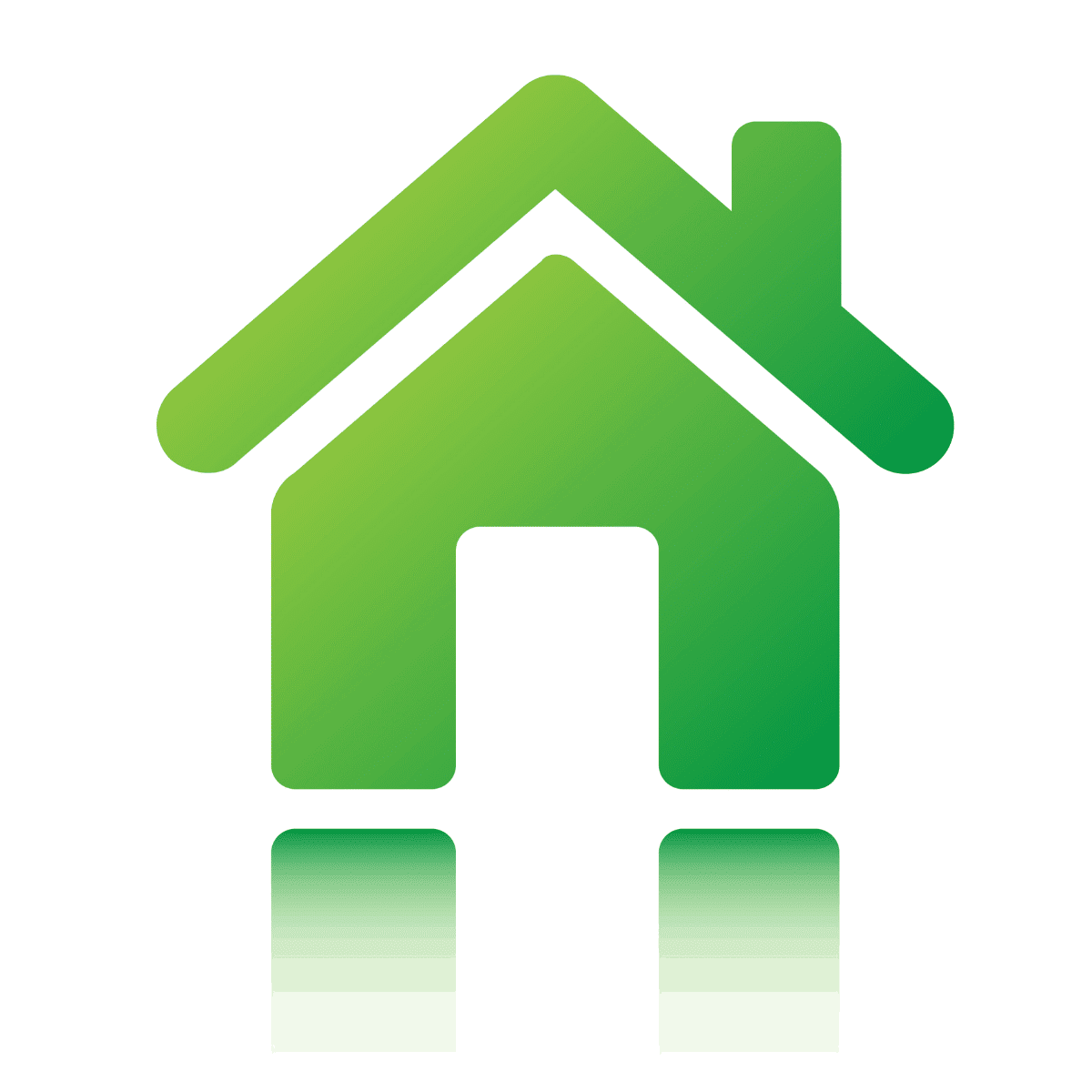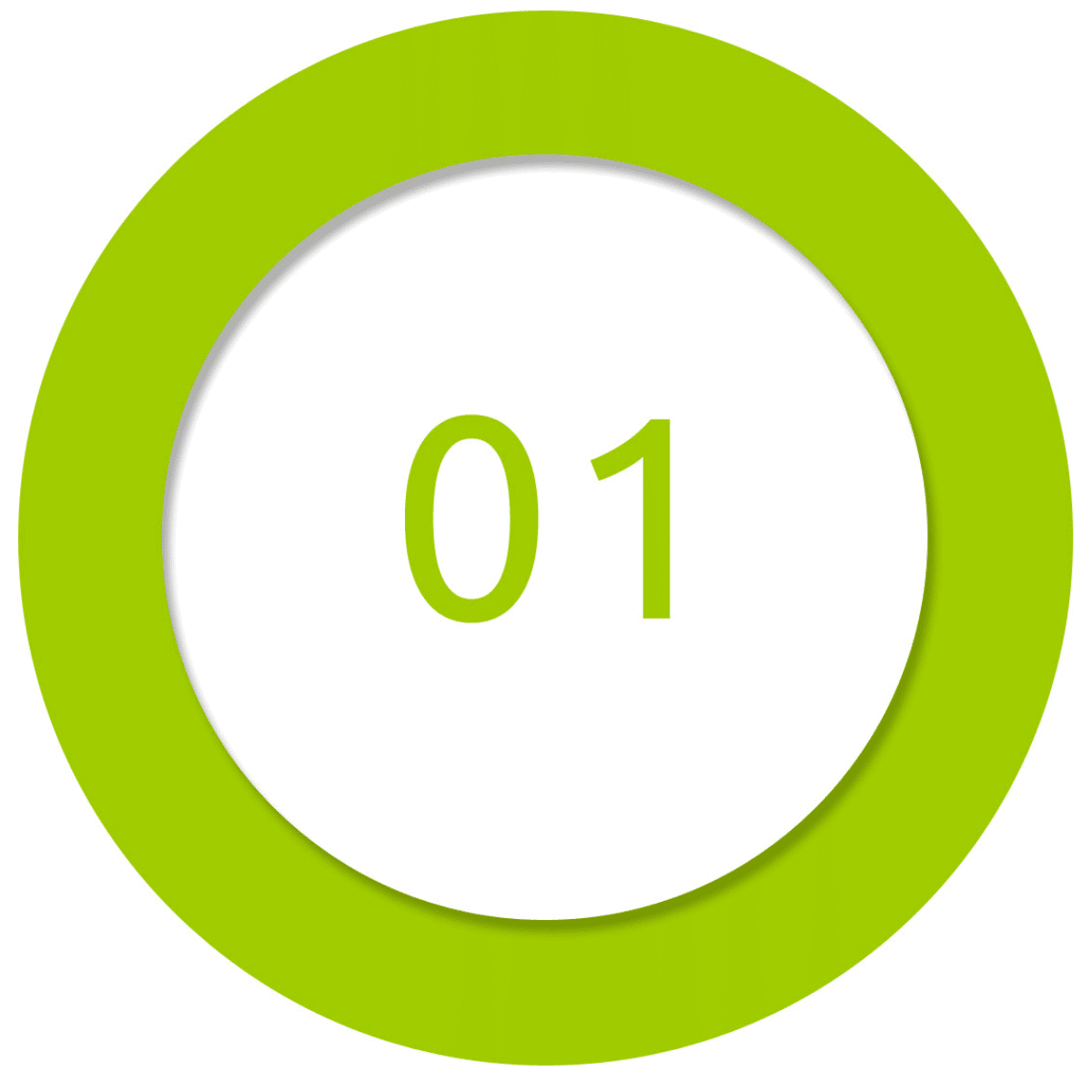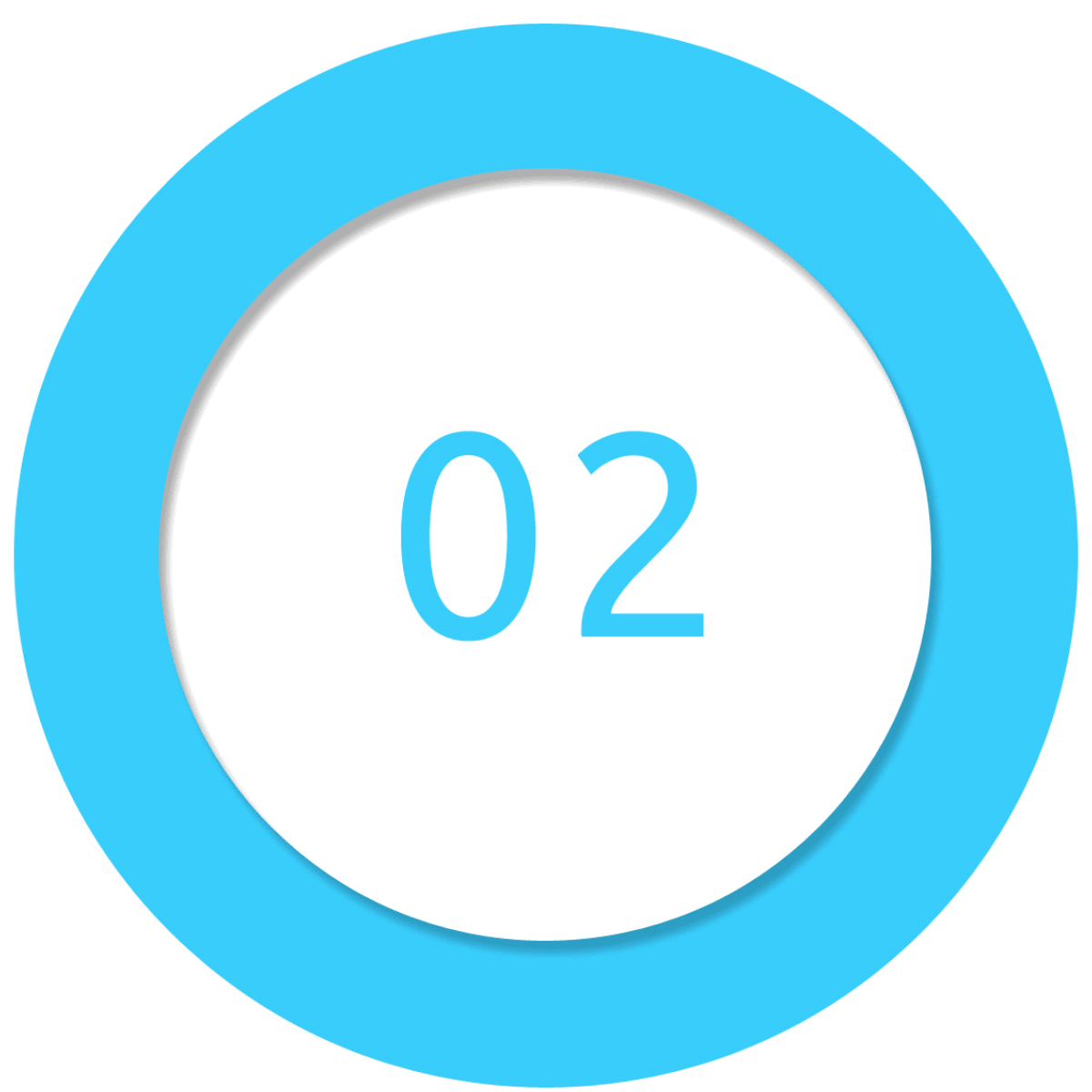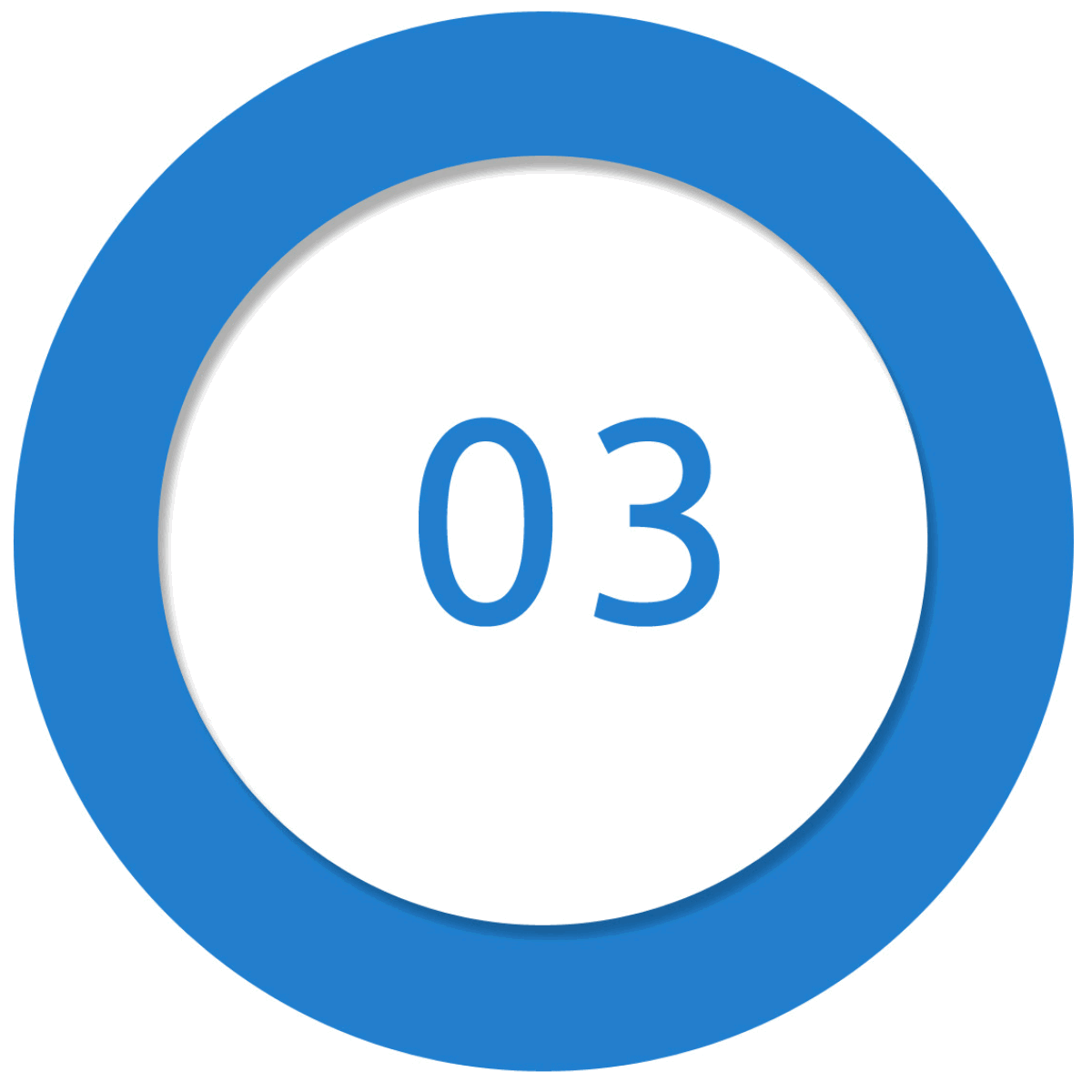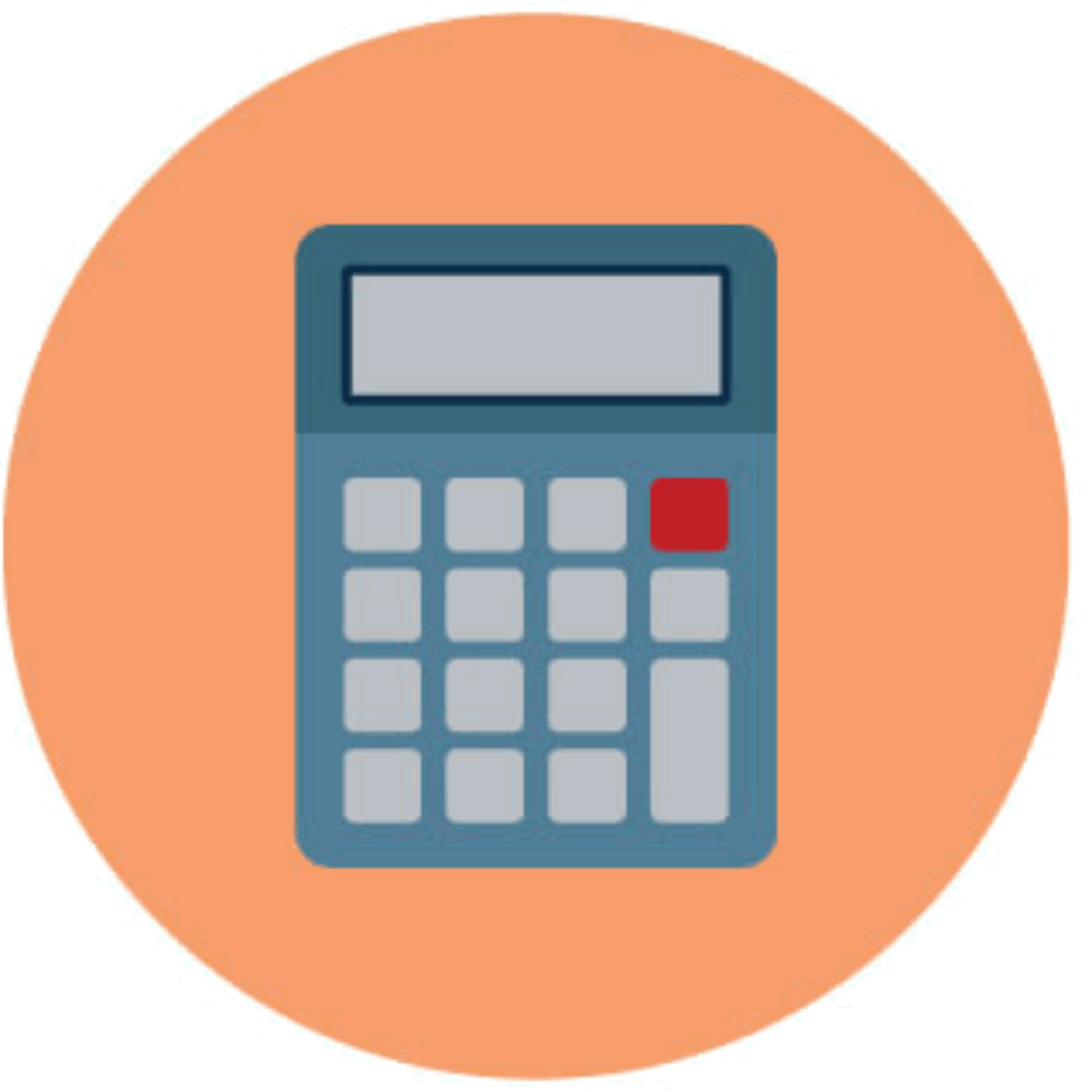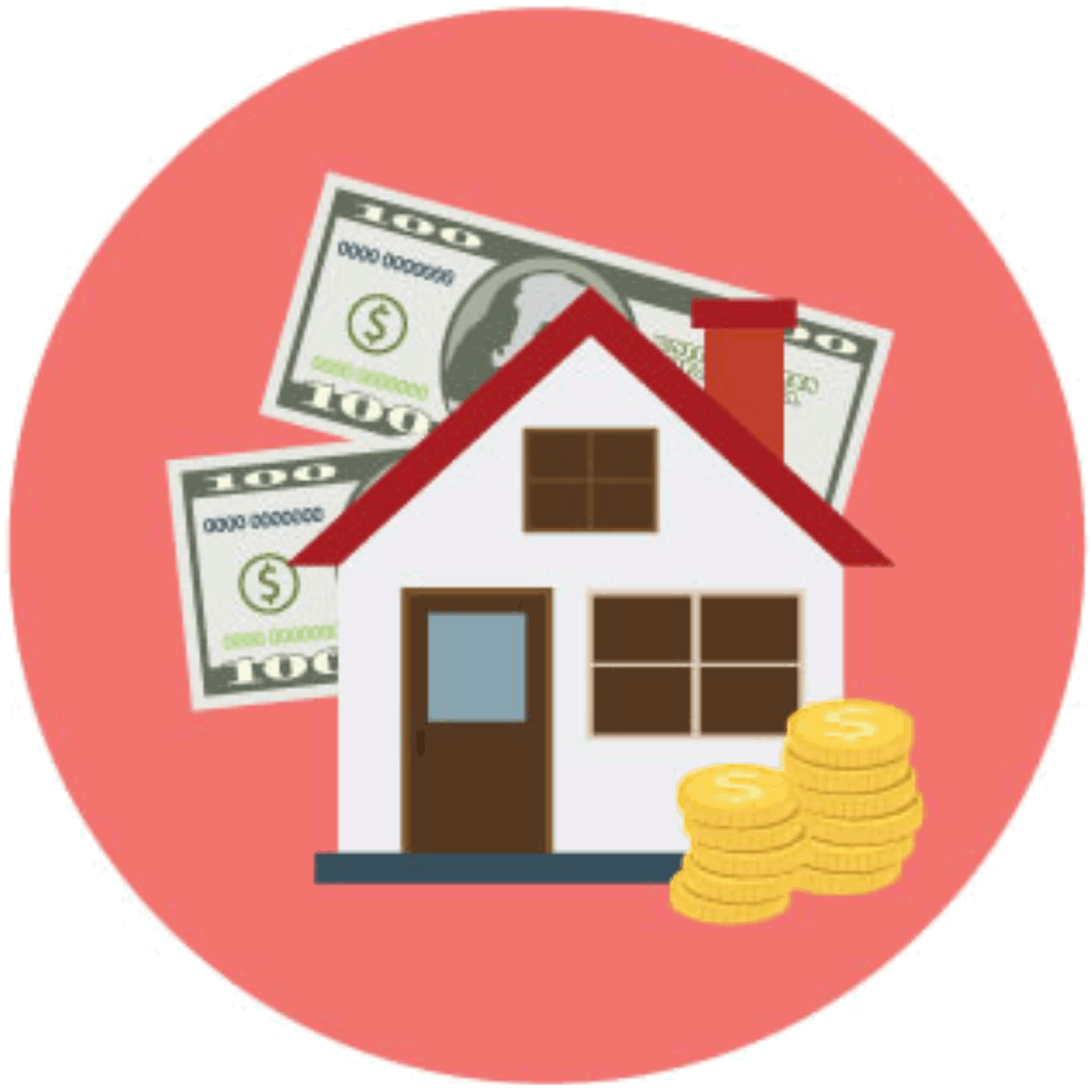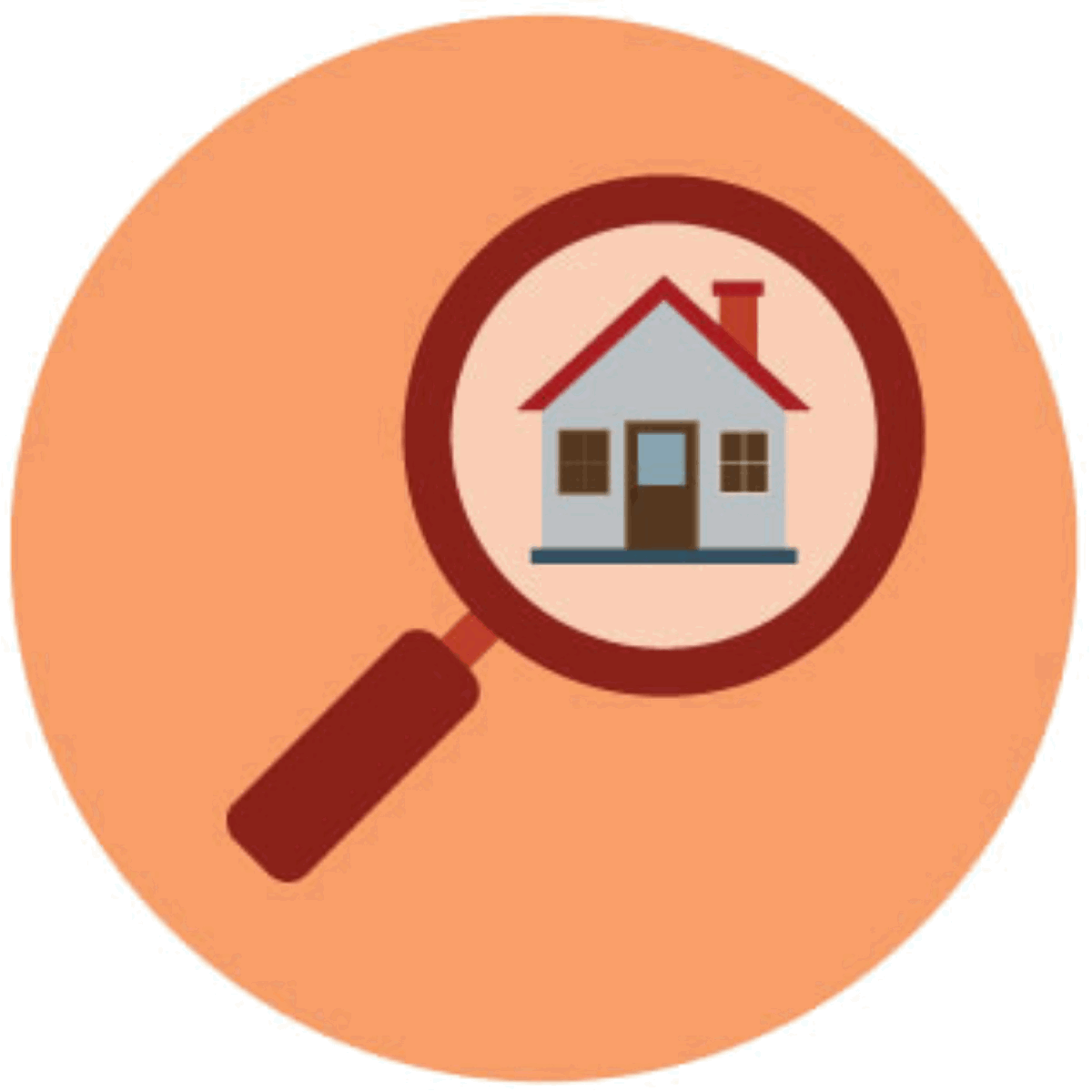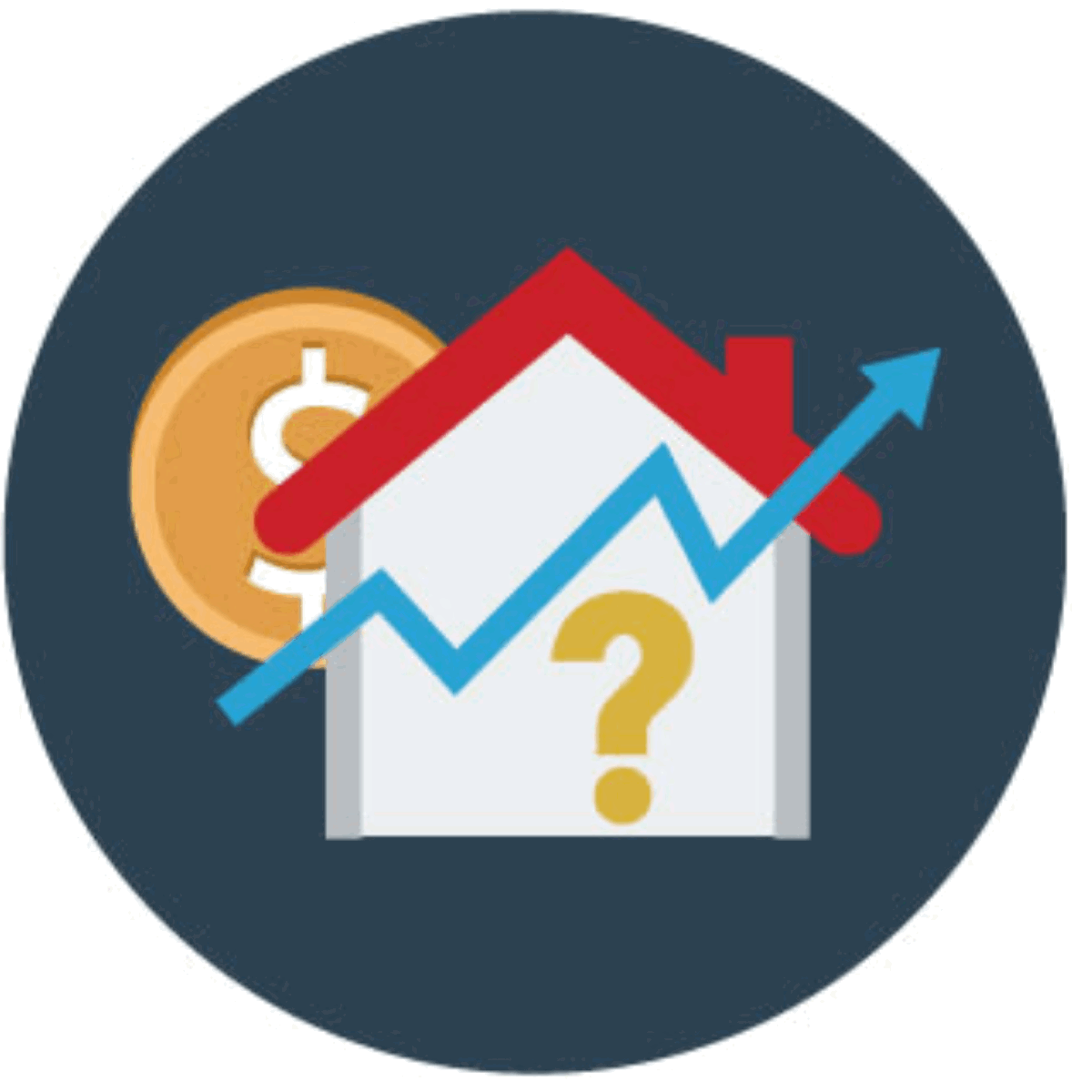For a large of number of Canadian homeowners, a portion of their monthly mortgage payment goes toward a mandatory CMHC (Canada Mortgage and Housing Corporation) fee. It is automatically added to the payment to cover mortgage default insurance. The result is an increase in the amount due every month. But there are creative ways to lower or avoid CMHC insurance fees for those who are required to have it in place.
The primary reason for this insurance is to protect mortgage lenders from the risk of financial loss due to nonpayment. Among other subjects in this article are reasons why mortgage lenders tack on CMHC fees to the cost of the monthly payment. Also included are the benefits of these fees to the borrower and the lender.
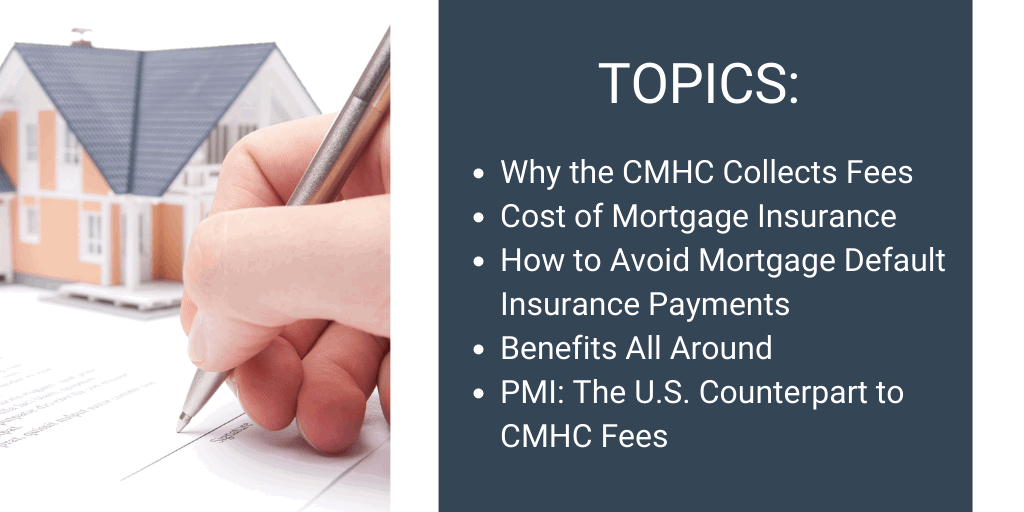
Why the CMHC Collects Fees
CHMC adds the insurance to the loan payment to ensure repayment of the insurance premium to the lender. Because of the high default rate on mortgage loans, lenders often assume that people with a small down payment are more likely to stop paying.
Whether this assumption is true or not, default insurance is required for all Canadian buyers with a down payment less than 20% of the purchase price of the home.

The Canada Mortgage and Housing Corporation is a company governed by federal law. It is the largest mortgage insurance provider in the country. CMHC also provides home rentals and management as well as finance and investment, among other ventures. Although mortgage default insurance is also offered by two other companies (Canada Guaranty and Genworth Financial), CHMC is usually the term that is used for mortgage default insurance.
Default insurance should not be confused with mortgage life insurance, also known as credit life. Mortgage insurance is a protection for lenders. Mortgage life insurance is purchased by the homeowner to pay the remainder of the mortgage if (s)he dies. Once the insurance pays off the mortgage balance, the house becomes the property of the decedent’s estate. Mortgage insurance pays the lender any balance left in the event of a mortgage left unpaid by the borrower.
Cost of Mortgage Insurance
The maximum length of amortization (repayment schedule) on a mortgage in Canada is 25 years. On average, it takes about 8 years to recoup the money paid for CMHC premiums. For borrowers with a down payment less than 20%, there is little likelihood of finding a mortgage lender to approve loans without CMHC, so the insurance program is to their advantage. But there is a minimum down payment needed to get mortgage insurance. In Canada, the amount depends on the purchase price of the home. If the home costs:
$500,00 or less-lowest down payment is 5% ($25,000).
Over $500,00-5% down on the first $500,000 and 10% on the remainder (for example, a minimum down payment on a $520,00 home would be $25,000 plus $2,000=$27,000)
Home mortgage insurance is not available for homes over one million dollars.
The price mortgage lenders pay for default insurance on behalf of the homeowner is calculated as a percentage of the amount of the mortgage. The premium is based on the size of the down payment and is paid back to the lender in monthly installments attached to the mortgage payment. A higher down payment results in a smaller fee.
How to Avoid Mortgage Default Insurance Payments
The typical mortgage payment is the total of principal, interest, and mortgage insurance. The premium for default insurance can cost up to 4% of the mortgage. For the $360,000 mortgage example above, the cost for insurance would be $14,000. Homeowners have used the following strategies in order to side-step the added expense:
Increasing the down payment to over 20% of the purchase price of the home.
Paying the total price of the insurance fee at the closing.
Saving up to make a larger down payment to lower premiums.
Choosing a more affordable home to purchase to have extra money to put down.
Drawing out cash from a retirement savings (no tax penalty for first-time buyers) to increase the down payment.
Refinancing the mortgage and leaving 20% or more in the home.
Another option to reduce insurance costs is to request a shorter period of amortization, although it does make monthly payments higher. The best course of action is to explore all options in advance. Potential homeowners that are equipped with accurate information make more informed decisions about whether to ask their lender to shorten their amortization period or other choices that affect CMHC fees.
CHMC Benefits All Around
Even though CHMC fees are designed to protect the lender, there are direct benefits for the homeowner as well. Below are some advantages for both parties in the mortgage transaction.
Benefits to the lender:

- The lender is protected from loss.
- A simple insurance claim is paid if buyer defaults.
- The lender can sue the borrower for insurance deductibles.
Benefits to the borrower:

- Lower down payment means chance of approval increases.
- The opportunity to a buy a home sooner.
- Insured mortgages generally come with lower interest rates.
- Self-employed borrowers get approval easier.
The 2019 Canadian federal budget included a proposal to help first-time buyers with mortgage insurance fees. The government has set aside over one billion dollars to spend over three years for the “shared equity mortgage” program. This program gives 10 percent of CMHC fees to first time home buyers in exchange for an equal equity stake in the home. Critics state the program is an interest free loan in disguise which is paid for at a later time.
PMI: The U.S. Counterpart to CHMC
A similar default mortgage insurance is required for some home buyers in the United States with conventional loans. Private Mortgage Insurance (PMI) is provided by various private mortgage companies. Like CHMC, it protects the lender from loss due to nonpayment. Other similarities between PMI and CMHC are that they both are:
- They both are required when a down payment is less than 20%.
- Insurance is paid for with the premiums added to the mortgage.
- Each insurance may be paid for in full rather than payments.
Mortgage lenders in the United States and Canada do offer loans with less than a 20 percent down payment that don’t require default insurance. However, the higher interest rate of these loans might just cost more than the insurance premium in the long run. Buyers considering this mortgage loan option should check with a tax advisor to find out if it will affect their taxes one way or another.
CMHC costs added to a mortgage payment are not an optional expense. Homeowners should never try to save money by paying their mortgage without including this fee. Doing this results in the lender recording a partial payment. Eventually, partial payments can lead to loan default and the consequences that follow.
Instead, the means to avoid CMHC fees should include some of the suggestions above such as planning in advance by saving more for a down payment. Although this insurance adds to the monthly mortgage payment, it has created a path to approval for millions of people who would not otherwise qualify for a home loan.



